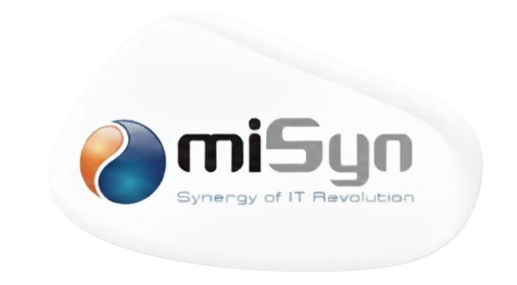The traditional model for financial technology has been to build or buy a single, all-encompassing suite. This "monolithic suite" approach promises integration but often delivers rigidity. In a world of rapid change, this rigidity is a critical vulnerability.
Enter the concept of the Composable Enterprise. This is an organizational paradigm where a business is architected to be modular, agile, and resilient. It's built from interchangeable, best-of-breed components that can be easily assembled and reassembled to meet evolving market demands. For banks, insurers, and wealth managers, this translates to a Composable Architecture.
From All-in-One to Best-in-Class
Instead of relying on one vendor for everything—from core banking and policy administration to CRM and analytics— a composable financial institution selects specialized software for each function. These components "compose" the business's technology footprint and are connected via a network of APIs.
The Four Principles of Composable Business (as applied to FinTech):
- Modularity: Every business capability is packaged as a discrete, self-contained component. Think of a pre-built, API-ready module for "know your customer" (KYC) checks, "loan origination," or "digital payments."
- Orchestration: The value is no longer just in the components themselves, but in how they are connected. A central platform or layer is needed to orchestrate the data flow and business processes between these modular services, creating a seamless user journey.
- Autonomy: Each business domain (e.g., the payments team, the underwriting team) has control over its own technology choices and can innovate at its own pace without being blocked by other teams.
- Discovery: The organization can continuously discover, evaluate, and integrate new technologies and partners to gain a competitive edge, without undergoing a painful, multi-year core system replacement.
The Tangible Benefits for Financial Institutions
- Unprecedented Resilience: If one component (e.g., a specific fraud detection service) fails or becomes obsolete, it can be swapped out without disrupting the entire customer onboarding process.
- Accelerated Innovation: You can pilot a new AI-powered chatbot for customer service or integrate a new blockchain-based settlement network by simply connecting it to your API ecosystem.
- Cost Optimization: Move away from massive, multi-year vendor contracts. Pay for only the capabilities you need and avoid the "bloat" of monolithic suites.
The future of financial services belongs not to the biggest, but to the most adaptable. By embracing a composable architecture, institutions can build an "unbreakable" business that is built for change, not just built to last.

